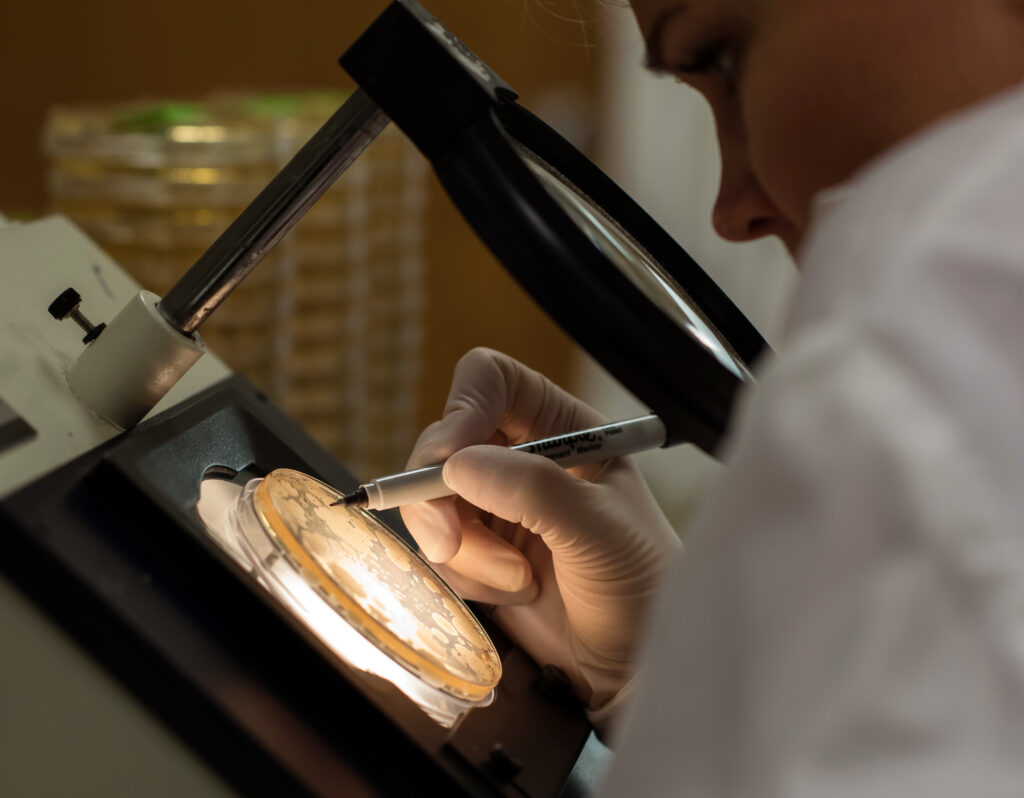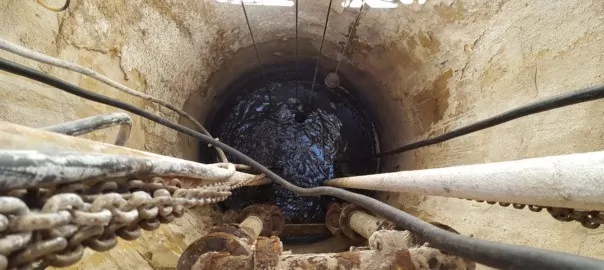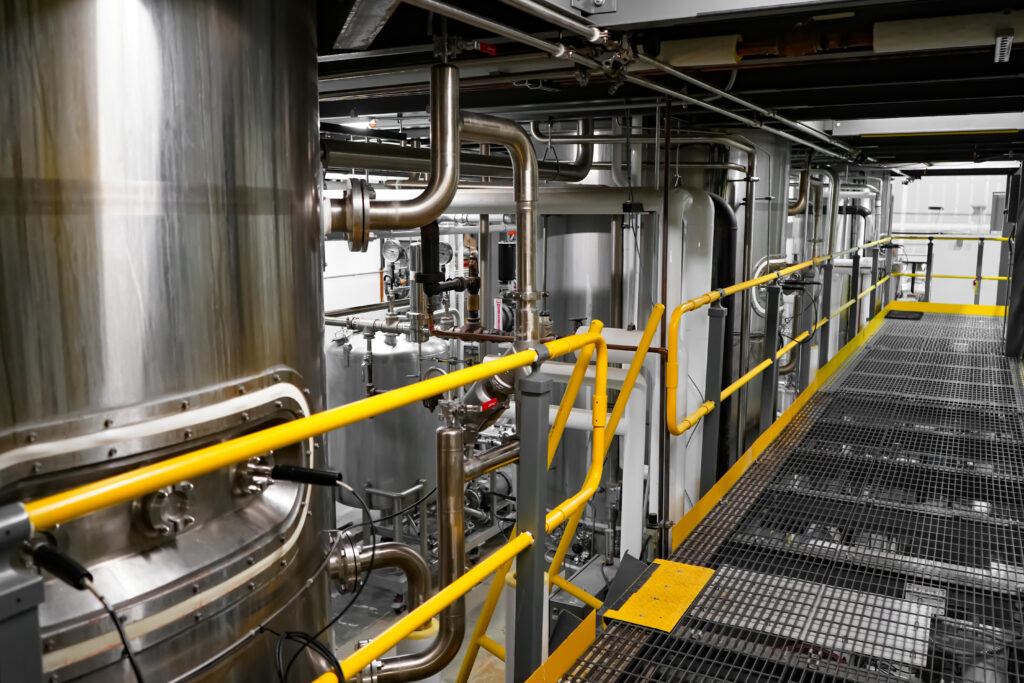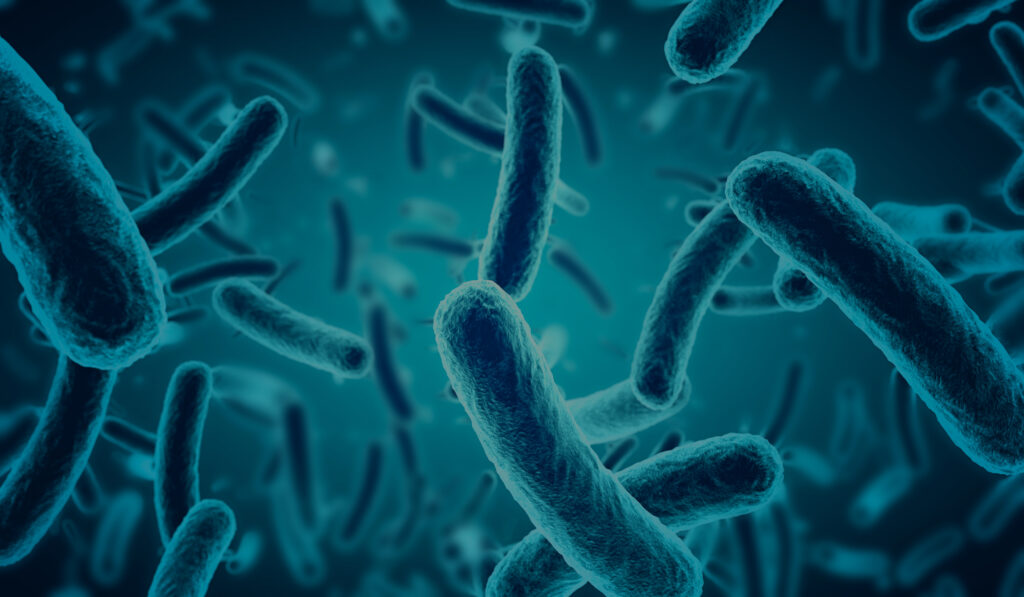Industry Insights and Thought Leadership
Industry Reflections

Solving Wastewater Treatment Puzzles
No matter the application, treating wastewater is often like solving an intricate puzzle. Getting all the pieces to fit together takes the right combination of knowledge, experience, and having cold, hard data by your side. To keep it simple, we’ve outlined THREE ways our technical support team can help you (and your customers) succeed in your next wastewater treatment application: Is this the Right Opportunity? Don’t waste your time! Make sure you start by asking questions and taking system survey measurements based on the type of system you’re looking to treat. Once you have a clear picture of the environment, you’ll know if you have an opportunity that’s a good fit. Our technical support team at MDG makes it easy to gather these measurements upfront with industry-specific programs. We make sure you’ll know the right questions to ask in different scenarios, so beyond gathering technical data, you’re looking at the monetary values around how a facility is currently operating (i.e.: chemical usage, hauling costs, physical removal, etc.). All of this information will help you demonstrate the full financial impact of bringing in bioaugmentation. Creating a Successful Treatment Plan Once you’ve found an opportunity where bioaugmentation can be the hero, you’ll need to […]

Reduction of Ammonia by SporActiv™ Bacillus
When organic waste breaks down, it can generate ammonia, which is a toxic substance that produces a foul, sharp odor. In the Industrial and Institutional (I&I) market, your customers walk past ammonia-causing matter daily, such as food, animal and human waste. These same wastes contain materials that are rich in nitrogen. As the waste decomposes, the nitrogen is converted to ammonia, causing an unpleasant odor. But, without nitrogen, there’s no ammonia… and that’s where Bacillus come into play. All living organisms need a source of nitrogen to support life, including Bacillus. Bacillus strains can utilize the nitrogen in ammonia for bacterial growth. In order to get the nitrogen, Bacillus digest the available ammonia, removing it from the environment and preventing odor. RESULTS In the case of our SporActiv™ products, we specifically selected strains of Bacillus that have high ammonia utilizing capabilities. The more ammonia that is utilized by the Bacillus means less complaints and foul smells. At MDG, a study was conducted to measure the growth of SporActiv™ Foundation in the presence of ammonia. When ammonia was present, there was more bacterial growth, indicating the Bacillus were able to utilize the ammonia nitrogen to support growth (Figure 1). When choosing a Bacillus product, you should also keep in mind that not all Bacillus are able to utilize ammonia at […]

Bacillus Utilize VFAs as an Energy Source
If your customer is smelling the result of decomposing organic matter, such as feces, other bodily fluids, dairy, meat, or plant-based materials, chances are they’re smelling a Volatile Fatty Acid (VFA). Figure 1. Common odors associated with VFAs. VFAs are organic acids produced by the microbial metabolism of biomass and food waste; such as dietary fiber, starch, protein, and amino acids. To beat these odors, certain strains of Bacillus have the ability to breakdown VFAs, thereby helping to reduce the problem at the source. At Microbial Discovery Group (MDG) an in-vitro study was conducted to measure the growth of our Bacillus strains in the presence of VFAs. SporActiv® Foundation was grown in media containing acetate and a combination of common VFAs found in the I&I market; acetate, butyrate, propionate, valerate, isovalerate, and isobutyrate. These VFAs were chosen because of their known connection to unpleasant odors. RESULTS Figure 2. Increase in growth of SporActiv® Foundation grown in media containing acetate, or a combination of six VFAs. The results show that growth of SporActiv® Foundation Bacillus increased by more than 50% when acetate was present, and by more than 100% when the six VFAs were present (Figure 2). The addition of these VFAs allowed for increased Bacillus growth, indicating the […]

Lift Stations 101: Work Smarter, Not Harder
Lift stations are commonly used as a part of operations across a variety of different industries. While they are extremely useful, they can be difficult to maintain when not cared for properly. At Microbial Discovery Group (MDG), we have spent countless hours in the field with our partners, reviewing their customer’s maintenance challenges, and looking for new ways to innovate. As a result, we were inspired to create a comprehensive approach to lift station treatment that can garner results quickly. LIFT STATION BASICS By design, lift stations are used to pump liquid, typically some form of wastewater or sewage, from a lower elevation to a higher elevation. This process begins when sewage is fed into the station and into an underground well. The well is furnished with several different float switches to detect the volume of sewage present. When the sewage level rises to a predetermined point, the pump begins to propel the sewage upward through a pipe system until it exits the station. From there, the sewage could be arriving to a wastewater treatment plant or to flow downward with gravity until it arrives at the next lift station. In some cases, the pump transports the sewage through a […]

Sludge Tanks 101: Treating the Waste
Through the wastewater treatment process, there are components left over that are separated from the liquid phase. This collection of leftovers is referred to as sludge, which is then further treated within tanks. At Microbial Discovery Group (MDG), we have explored the process of treating sludge within sludge tanks and have designed our Biotifx® products and program to assist with this treatment and ongoing maintenance. As a first step when we begin partnering with a new sales rep, we find it’s always helpful to start or refresh with the basics. SLUDGE TANK BASICS Sludge itself is defined as a mixture of liquid and solid materials that have been removed from the treatment system. Essentially, it is the waste of the wastewater treatment process. Sludge is comprised of both inorganic and organic matter. After leaving the clarifier, sludge is transferred to designated tanks, which accordingly are called sludge tanks. These tanks can also be referred to as a sludge thickener, pond, decanter, or digester (not to be confused with an aerobic digester). After the sludge finally leaves the tank, it is dewatered through a sludge press and is hauled away. Sludge tanks are also utilized because they allow water treatment facilities […]

Planting the Seed: Start with Your Fermentation Manufacturer Early
Not too long ago, a biofertilizer customer came to me frantically and explained, “I need to grow 7 strains of Bacillus in 3 weeks because it’s planting season and I can’t miss this year’s season.” I felt sorry for him, yet I had no choice but to say: “I’m sorry, but we cannot help you. Your timelines just aren’t realistic.” This exact interaction has happened more times than I care to remember. Trust me, I understand how big the opportunities are, especially with row crops like corn, soybeans, and wheat, and it truly pains me not to be able to help. Nevertheless, the size of the market and opportunity doesn’t magically reduce the time needed to optimize the microbial strains. Down the road he went, hoping to find someone who would say yes to his impractical timeline. He found someone who would take his money, but they too were unable to deliver. I would later come to find out that both his product and company didn’t make it. I wish we could have done more; if only they had involved us earlier! We find customers will spend years on strain development to only flush it all down the drain by giving their […]

Landfill Treatment Product Exploration: Comparing the Benefits of Bacteria and Enzymes in Biological Waste Treatment
With our growing population, it has become increasingly important to improve upon and advance current waste management technologies. In industrial and consumer markets, biological products are often selected as an environmentally-friendly, energy-efficient option. These have the capabilities of removing both chemical and biological contaminants, as well as accelerating the breakdown of other types of substrates. Products including both microbial inoculants and enzyme concentrates are commonly used in a variety of industrial and household applications. For example, because of their ability to remove unwanted organic matter build up and removal of biofilms, these kinds of products are currently being sold for drain and grease trap applications. In the landfill and waste management industry, both enzymes and bacteria can be used to break down complex waste particles and improve soil/water quality. However, the ways in which enzymes and bacteria work are significantly different. Using cutting edge techniques, Microbial Discovery Group (MDG) is researching both enzyme and microbial degradation to optimize approaches to break down plastic bags in landfills. Enzymes: Fast and Highly Specific Enzymes are non-living proteins produced by organisms such as bacteria, fungi, plants and higher life forms. These proteins help catalyze chemical reactions, working in conjunction with substrates. Enzymes function […]

The Expanding Bacillus Market
As a follow up to the article “The Key Drivers Behind MDG’s Current Expansion,” I’d like to take this opportunity to talk more extensively about the expanding Bacillus market. Previously, I eluded that many of the current market opportunities were due to the increased demand across multiple industries. In particular, the following four main areas are what prompted Microbial Discovery Group’s (MDG) fermentation expansion: Antibiotic alternatives Human probiotics usage Continued Growth in the Biopesticide and Biofertilizer Industries Emerging markets Antibiotic Alternatives Due to the numerous consequences involved with their usage, recent regulations and consumer pressures have prompted a reduction in antibiotic use on animals. Meat and poultry companies across the globe recognize the consumers’ desire for safe products that feed themselves and their families. This has resulted in the industry taking a hard look into environmentally friendly methods that improve gut health, as well as improve feed conversion. Acidifiers, yeast feed additives, Lactobacillus and Bacillus have all benefited greatly from the reduction of antibiotic usage. Domestically, the poultry industry has lead the charge on antibiotic reductions and have put pressure on the swine, dairy and beef markets to follow suit. With the popularity of antibiotic alternatives in animal feed on the rise, we have seen a rapid increase […]

The Benefits of Fermentation Redundancy
It is an exciting day signing a multi-year fermentation contract! After the ink dries and celebrations conclude, I’ve learned it’s time to quickly review both redundancy and contingency plans for worst case scenarios. This is how we can guarantee on-time delivery. During the planning of our current expansion, I was reminded again of the importance of redundancy in safeguarding against setbacks. I had received a call from another fermentation company who had recently lost one of their fermentors, learning it would be down for an extended amount of time. What a tough situation. At that moment, we unfortunately couldn’t help, but it opened my eyes to the vulnerability of many fermentation companies. Redundancy is very important! With our current expansion, we had to think in terms of two of everything. If one piece of equipment breaks, you can still move forward while you are dealing with fixing the problem. As a picture is worth a thousand words, here are a few that capture MDG’s redundancy focus. Basically, we have at least two fermentors, centrifuges, freeze dryers, sterilizers, production freezers, boilers, air compressors and -80 C freezers. We also have a backup generator and a second building that stores our cultures […]

Bacillus, Distinguishing Species and Strains Part II
Bacillus Strain Identification: Common Problems, Questions, and Answers In last month’s newsletter, Bacillus, Distinguishing Species and Strains Part I, we tackled the species section of the popular question “How many species and strains of Bacillus do you have in a particular product?” Now, let’s move on to strains. Can Individual Strains of Bacillus Be Distinguished? The methods described in Part I/Distinguishing Species are used to determine bacterial species, but cannot resolve individual strains of a particular species. Why is this problematic? Many of the important physiological characteristics of bacteria such as substrate range, bioactive production, and pathogenicity vary below the species level (at the strain level). MDG’s practices ensure that the best strains are selected for each and every product and that they perform the functions needed for the intended application. For those not familiar with identification and typing methods, a common problem is the confusion around the difference between species or strains. For example, we have occasionally encountered customers who reported that a competitor examination of one of our products indicated that we had only 3 strains in our 6 strain product. In this situation, we always ask which method of identification was used for testing. A typical response stated that DNA and PCR were used, prompting […]